Chair moulds Manufacturers
Chair molds are designed for efficient mass production of various plastic chairs, suitable for home, commercial and public spaces.
Material selection: Usually P20, 2738 or H13 mold steel is used to ensure high strength and long-term service life.
Precision machining: The mold must have high-precision cavity and core alignment to ensure uniform wall thickness and stable structure of the product.
Mold structure: Single or multi-cavity structures can be selected according to output requirements, and are often equipped with hydraulic core extraction mechanisms to deal with complex designs.
Surface treatment: The cavity can be polished or etched according to customer requirements to achieve smooth or textured surface effect.
Chair molds need to have high strength and dimensional stability, because the finished product needs to be load-bearing. Some molds can also be designed with stacking or folding functions to meet personalized needs.
-

JN-187 Garden plastic injection molding chair mold
Contact Us -

JN-186 Garden plastic injection molding chair mold
Contact Us -
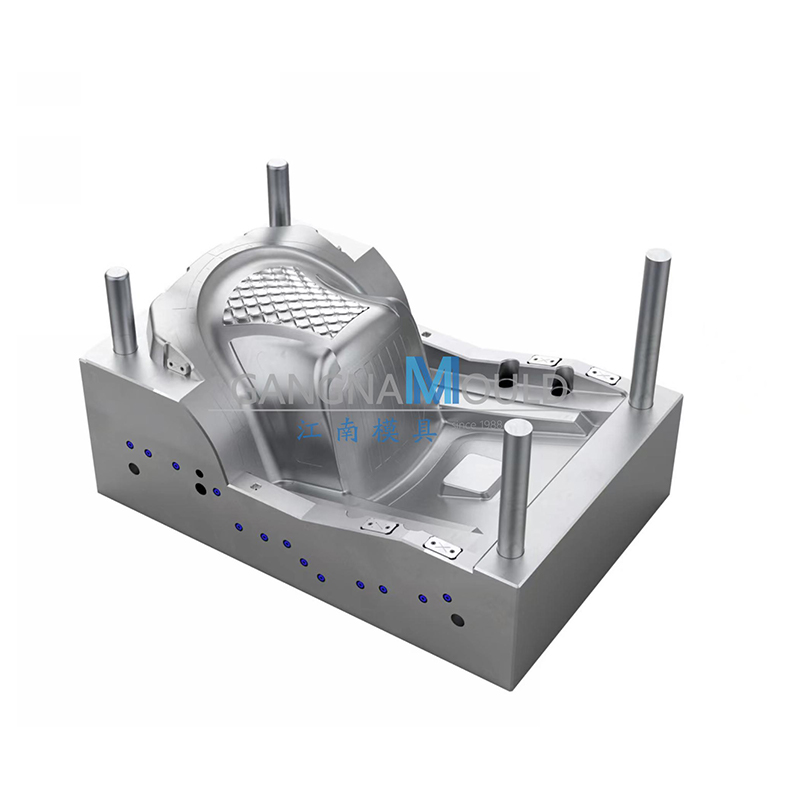
JN-188 PC plastic chair injection mold
Contact Us -
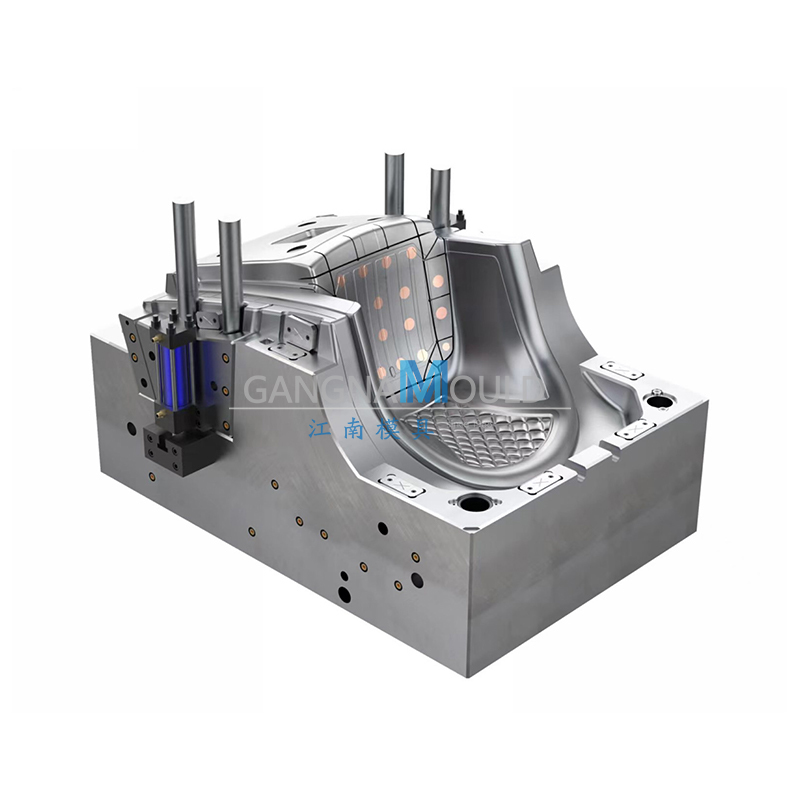
JN-189 PC plastic chair injection mold
Contact Us -
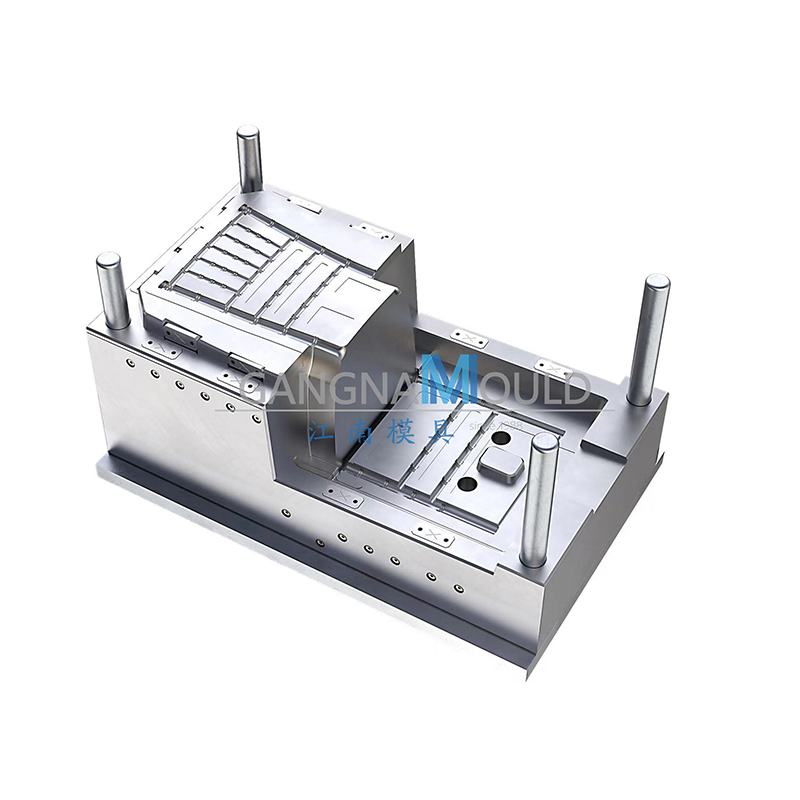
JN-190 Household Chair Injection Mold
Contact Us -
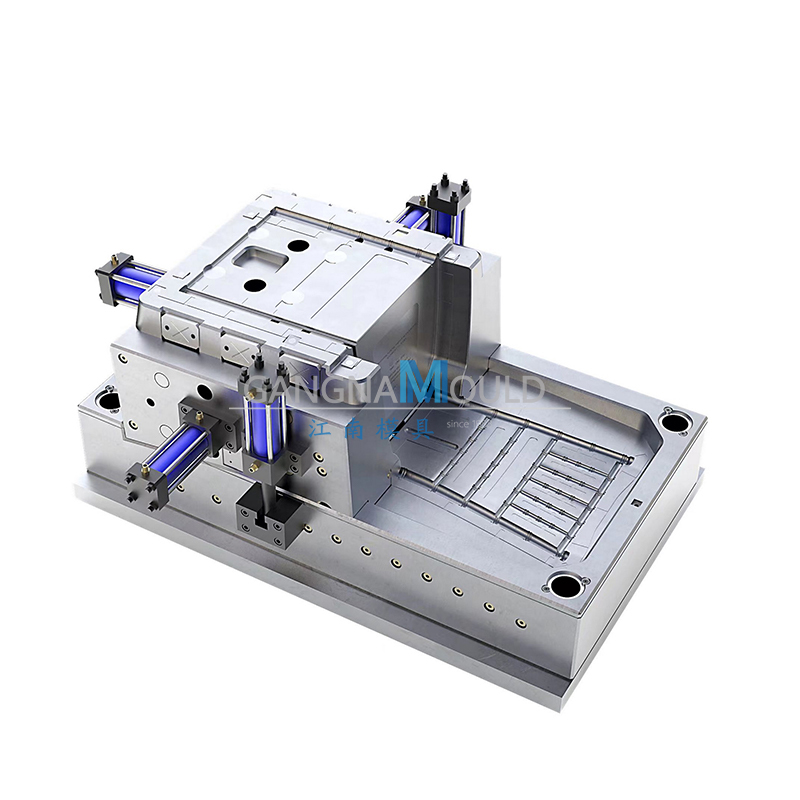
JN-191 Household Chair Injection Mold
Contact Us -

JN-193 Precision backrest chair injection mold
Contact Us -
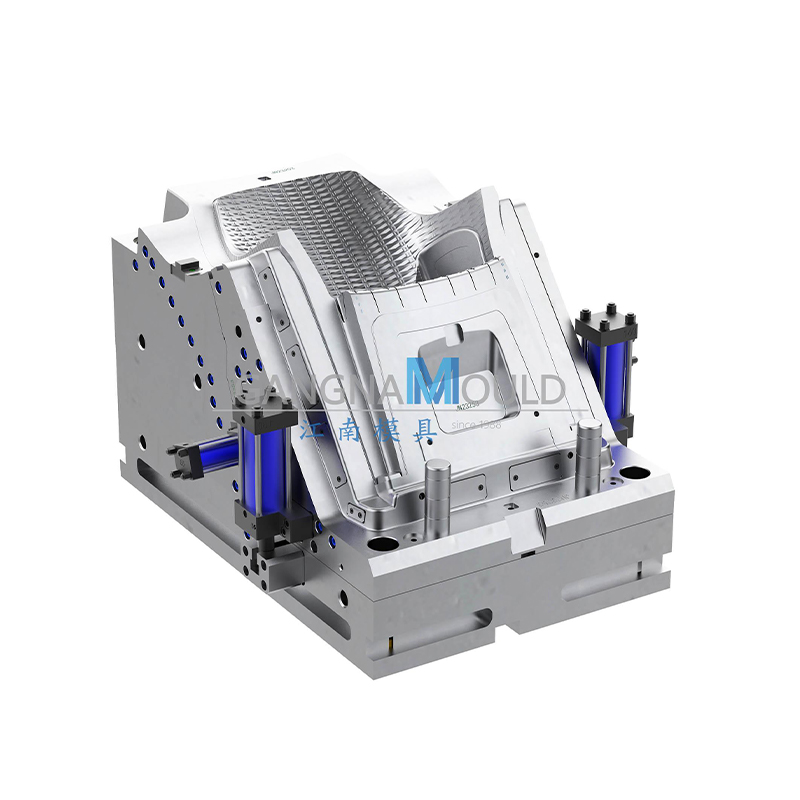
JN-194 Plastic armrest rattan chair mold injection mold
Contact Us -

JN-832 Chair injection mold
Contact Us -

JN-833 Chair injection mold
Contact Us -

JN-834 Chair injection mold
Contact Us -

JN-835 Chair injection mold
Contact Us -
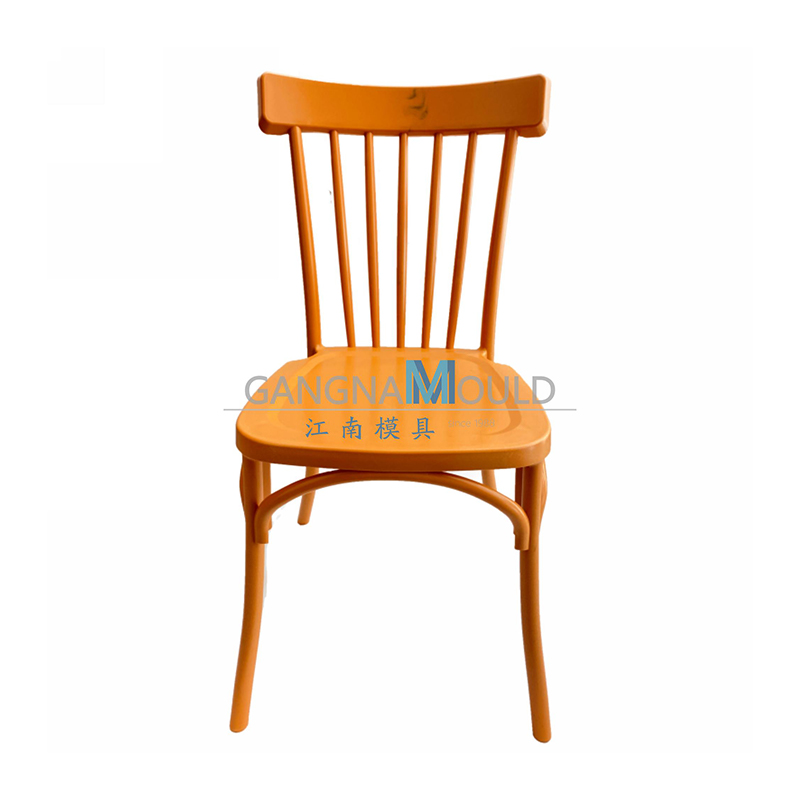
JN-172 Italian design stacking chair injection mold
Contact Us -
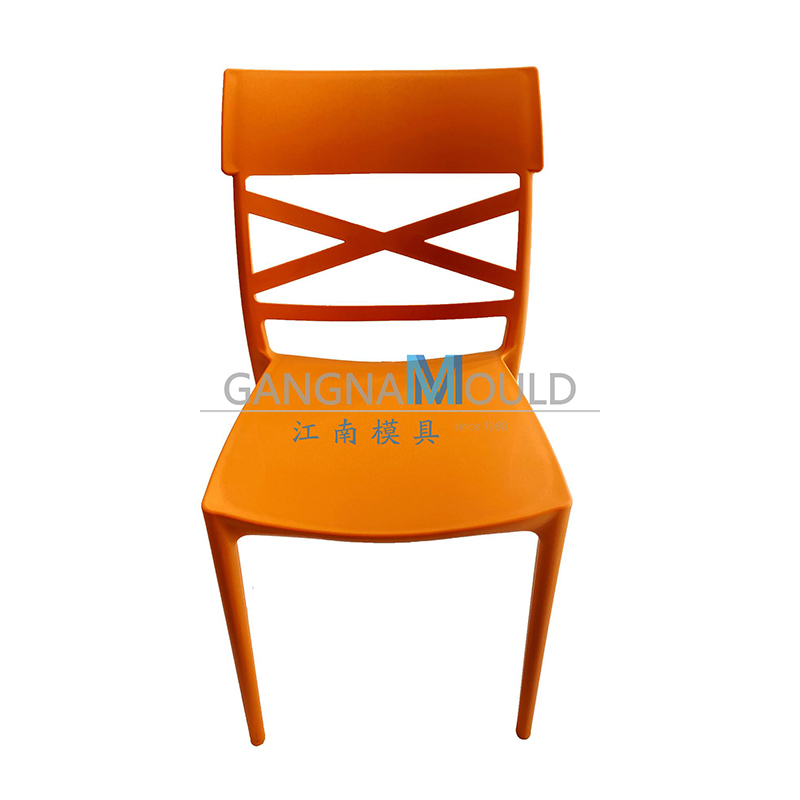
JN-173 Italian design stacking chair injection mold
Contact Us -
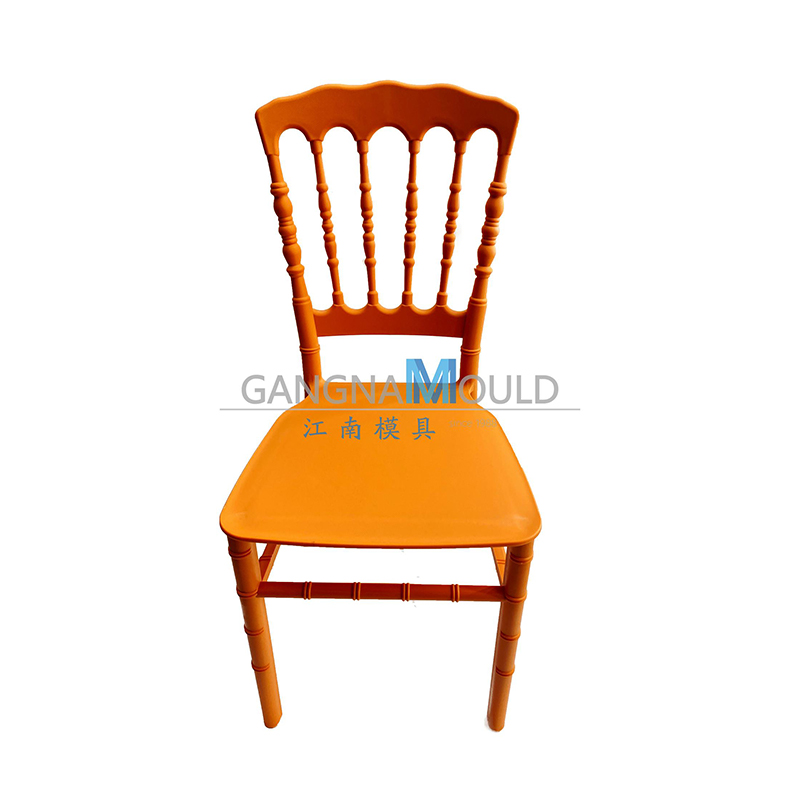
JN-174 Italian design stacking chair injection mold
Contact Us -
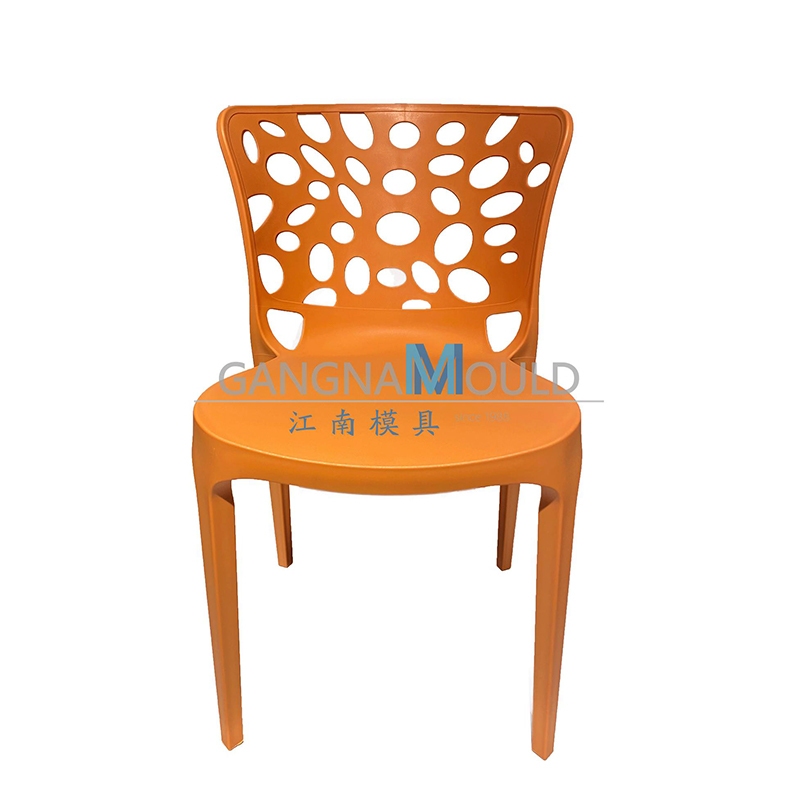
JN-175 Italian design stacking chair injection mold
Contact Us
ABOUT GANGNAM MOULD
At Gangnam Mould, we specialise in the R&D and manufacturing of high-precision moulds. We design and produce plastic moulds for a variety of everyday items, logistics packaging (such as trays and turnover boxes), household appliances, and hollow blow moulding.
Thanks to our advanced technology and extensive experience, we are able to provide efficient and reliable mould solutions to customers around the world, helping them to improve productivity and market competitiveness.
Gangnam Mould now complies with ISO 9001:2015 QMS and looks forward to building long-lasting business relationships with clients and suppliers worldwide.
- 1000+ successfully executed projects.
- Excellent product quality and thoughtful customer service.
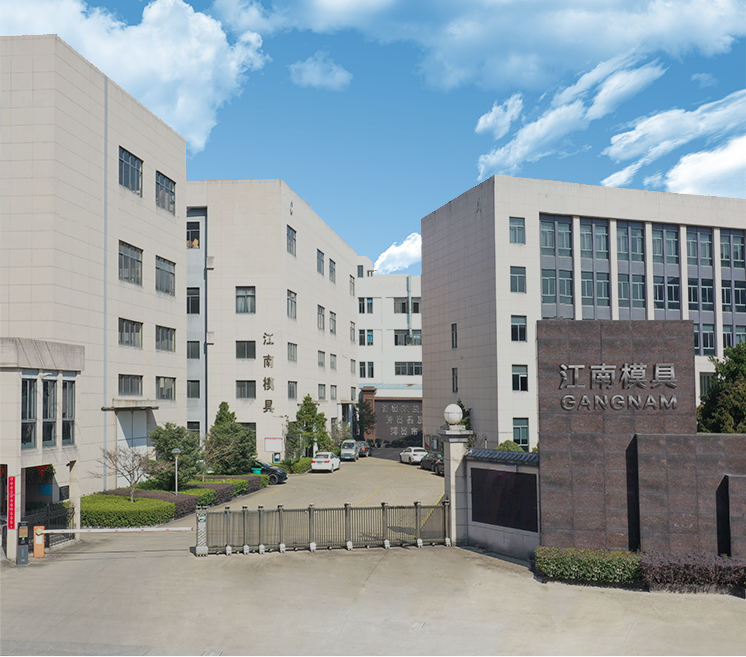
Our 37 years of customization experience has created a Gangnam-Mould brand value.
Our Proven Management System & Our Professional R&D Strength
Committed to ISO 9001 standards and a customer-centric approach, the company has built a comprehensive mold R&D and manufacturing platform, earning the trust of leading clients across industries — a true hidden champion in the field.
-

Certificate
-

Certificate
-

Certificate
News & Blogs
Industry knowledge
Chair mould is a specialized tool used to produce plastic components for chairs in homes, offices, and public spaces. It shapes materials such as polypropylene, polyethylene, or ABS into seats, backs, legs, and armrests with precise dimensions and smooth surfaces. Typically made from steel or aluminum, chair moulds are designed to withstand repeated use under high pressure and temperature. Proper design and maintenance ensure consistent quality, durability, and comfort in the finished chairs while supporting efficient, high-volume production.
Rattan Chair Injection Mould for Indoor and Outdoor Furniture
Rattan chair injection moulds are specialized tools used to manufacture plastic chairs that replicate the appearance and texture of natural rattan. These moulds allow for detailed patterns and consistent surface finishes, producing chairs suitable for indoor or outdoor use. Materials such as polypropylene, polyethylene, or other thermoplastics are commonly used due to their durability, lightweight properties, and ability to be molded into intricate designs.
The design of rattan chair injection moulds requires careful consideration of wall thickness, cooling channels, gate placement, and shrinkage rates. Proper planning ensures uniform material flow, reduces defects, and maintains the detailed texture of the rattan pattern. Moulds are typically constructed from steel or aluminum to endure repeated cycles of injection under high temperature and pressure. Polished cavity surfaces and precise tolerances help achieve smooth finishes and consistent dimensions in every chair component.
Injection moulding with rattan chair moulds supports high-volume production with small material waste. It also allows manufacturers to produce chairs with ergonomic features, aesthetic patterns, and functional strength. Regular maintenance, including cleaning, lubrication, and inspection, is essential to preserve mould performance and longevity.
Overall, rattan chair injection moulds combine precision engineering with detailed design to create visually appealing, durable, and comfortable chairs. They enable efficient production of high-quality plastic furniture that maintains the look and feel of natural rattan while offering practical advantages such as weather resistance and easy maintenance.
Plastic Chair Mould for Seats, Backs, and Armrests
Plastic chair moulds are essential tools in the production of durable and functional chairs for homes, offices, and public spaces. They shape thermoplastic materials such as polypropylene, polyethylene, or ABS into seats, backs, legs, and armrests with precise dimensions and smooth surfaces.
Designing a plastic chair mould involves careful attention to wall thickness, cooling channels, gate location, and ejection systems to ensure consistent material flow and reduce defects. Moulds are typically made from steel or aluminum to withstand repeated injection cycles under high pressure and temperature. Polished cavity surfaces and precise tolerances help maintain quality, fit, and visual appeal of the finished chair components.
Plastic chair moulds enable manufacturers to produce complex shapes efficiently and with consistent quality. Ergonomic features can be incorporated into the design, ensuring comfort and usability for end users. The moulding process also supports lightweight yet strong chairs suitable for various environments.
Regular maintenance, including cleaning and inspection, helps prolong the mould’s operational life and ensures consistent output. With proper design and care, plastic chair moulds provide a reliable solution for producing chairs that are functional, comfortable, and visually appealing while allowing high-volume production with small material waste.



 English
English русский
русский Español
Español Français
Français عربى
عربى 简体中文
简体中文


